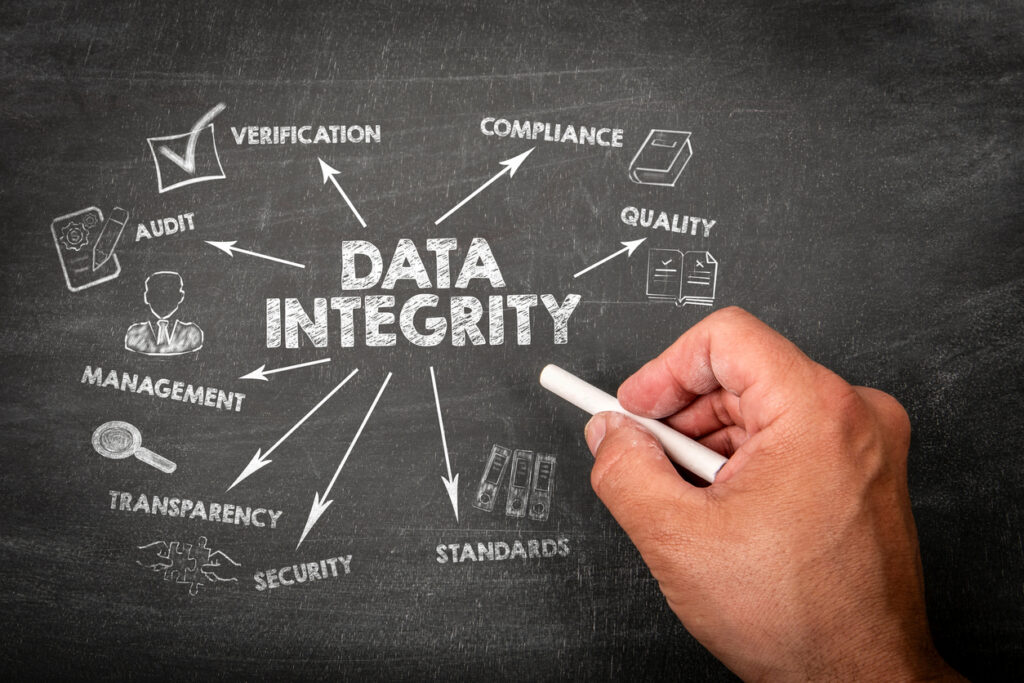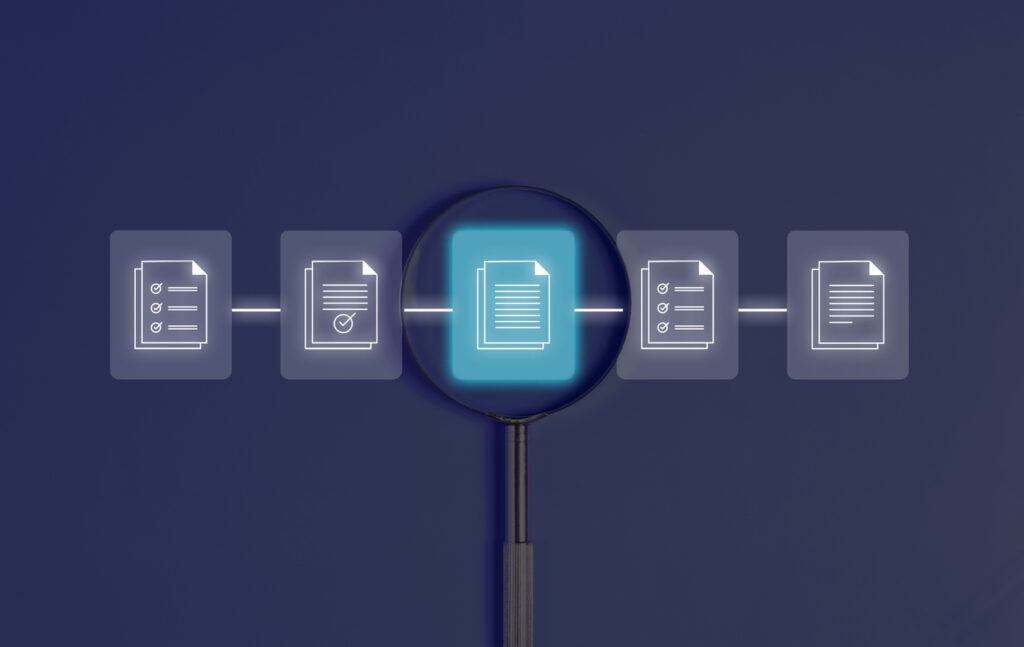By Chuck Bean
Typically, the more difficult it is to mine, the more precious the gem. The more rewarding the effort to extract it. The more valuable the outcome. And so it is with market research.
There exists a particular breed of audience that defies easy categorization, targeting and access. In B2B market research, these are the decision-makers buried deep in complex organizations, or subject-matter experts in highly technical domains, or the elusive C-suite executives whose time is as scarce as their contact details.
At Martec, we’ve built a reputation over decades for reaching precisely these types of respondents — not because it’s easy, but because it’s necessary. Understanding how to identify and engage difficult-to-reach audiences is as much an art as it is a science. And as both art and science evolve, so must our methodologies.
Here’s why and how we take on such responsibility, and why we firmly believe that it’s always worth the extra effort.
Defining “Difficult-to-Reach”
A “difficult-to-reach” audience is one that, by virtue of its specificity, authority level, scarcity, or privacy, is not easily found nor convinced to participate in research studies. They may be:
- Buried within large corporations (e.g., mid-level product managers at a Fortune 1,000 company);
- At the top of the organizational hierarchy (CEOs, CFOs, CMOs, etc.);
- Operating in highly specialized or regulated fields (specialty chemicals, healthcare, financial services);
- Part of a small or tightly defined universe (20 global experts in an automotive subfield); or
- Shielded by gatekeepers, technology, or policy in ways that make direct outreach prohibitively difficult.
By contrast, general population (“Gen Pop”) audiences—such as “adults who brush their teeth”—are abundant, easy to locate, and require minimal qualification. (At least we hope all of you are brushing regularly!)
Much of our work at Martec has been focused on B2B audiences over the years. Unlike consumers, business professionals are not ready, willing and waiting to be surveyed, in most cases. They are discerning, time-constrained, and often protected behind multiple layers of organizational insulation. Even identifying the right individual inside a company can require several levels of filtering: What company? What department? What role? Are they a decision-maker or an influencer?
It’s not unusual for a study to involve 10-15 qualifying criteria before we even begin outreach. In some cases, we are targeting specific individuals—by name!—because only this one specific individual can offer the insights our clients need.
The Changing Landscape of Outreach
The art of reaching people has changed dramatically in recent decades. There was a time when you could cold call someone at their desk and either have that person pick up or expect a callback upon leaving a message. Those days are long gone. Caller ID, spam filters, and corporate policies have all but eliminated organic outreach effectiveness.

Today’s respondents are heavily screened. They receive more cold emails and LinkedIn messages than ever. And frankly, they’ve become experts at ignoring them. What worked even five years ago might not work today. As a result, something of a cottage industry has emerged and matured: specialized recruiting partners that can help bridge the last mile to qualified respondents.
Identifying and engaging difficult-to-reach audiences requires constant diagnosis, trial, and retrial. For example, we recently ran a study to map pricing structures through distribution channels for a manufacturing client. When respondents proved difficult to reach, as you might expect when seeking sensitive pricing data, we pivoted: new outreach scripts, new contacts, new incentives.
The key to success is a toolkit approach. Here’s what that looks like in practice:
- Internal Contact Database: With 40 years in the industry, we’ve built up a powerful internal network. Often, someone inside our own four walls knows someone who knows the target respondent.
- Expert Recruiters: For niche or ultra-rare audiences, we tap expert recruiting partners who specialize in hard-to-find professionals.
- LinkedIn Contact Campaigns: Carefully crafted, personalized campaigns with precise subject lines, messaging, and sequencing are part of this toolkit, but they can’t represent the toolkit en toto.
- AI-Powered List Building: AI tools now help scan public sources—whitepapers, conferences, directories—to identify likely candidates faster and more accurately.
- Creative Incentives: Not everyone responds to cash—especially in B2B. Some are already highly compensated, whose time is more valuable than the money a client is able to offer as incentive. Other times, corporate policy prohibits one from receiving cash compensation. In these cases, we look for ways to get creative. For example, a charitable donation to the respondent’s pet cause, or access to the study’s summary report, is more effective—and more appropriate.
- Quid Pro Quo: We often share back a de-identified, summarized version of our findings as an incentive. For senior professionals, the promise of insight is often more compelling than the promise of money. It can, in some ways, be akin to receiving “free” research!
- Credibility and Charisma: Respondents must feel that you’re credible, safe to engage with, and worth their time. That starts with tone, continues through rapport, and finishes with delivery. This is where the art is applied to the science, and it does take years (or even decades) to hone these “soft” skills; but their impact is immeasurable.
Data Integrity in Low-Volume, High-Value Research
In today’s AI-driven world data integrity must be central to every research engagement. Fraud detection, respondent verification, and clear audit trails are not luxuries—they’re requirements.
The stakes are even higher in this difficult-to-reach area of research work. While you can never afford to include bad data in market research, when you’re studying a universe of 50 people, say, and your client needs insights from 30 of them, the ramifications of including any amount of bad inputs are even greater.
Our team has covered the sensitivity of data integrity in great detail, but suffice it to say here: vigilance in sampling is a must. In niche B2B markets, especially, you often get one chance to get it right.
In Gen Pop research, statistical confidence is king—confidence intervals, margins of error, large-N samples. But when your population is only 100 people, statistical confidence becomes nearly meaningless.
In B2B research, we aim instead for Pareto confidence. That means covering the most important players—often 80% of the market—through precision targeting. It’s not about how many people we surveyed. It’s about who we surveyed.
Precious Gems and the Value They Hold for B2B Researchers

Some of the most valuable market insights being generated today are not merely statistical—they’re qualitative, directional, and “virgin.” These are insights that may have never been collected before, often because the questions had never been asked in quite this way, or because the right people had never been asked. Not only are these “brand new” insights in so many cases, when they are extracted, mined and analyzed, they typically become the sole property of their rightful owners—the leadership teams commissioning the study.
While there is certainly more work in developing bespoke and highly tailored discussion materials—not to mention the rigor that’s involved in screening and finding the most appropriate candidates with whom to have those conversations—the yields are far more valuable to the beholder than that which can be extracted anywhere, anytime, and of anyone.
We are proud that, whether by design or circumstance, we have built four decades worth of a successful track record getting to—and engaging with—some of the most difficult-to-reach audiences in the world (and even across it). Individually, our team members have more than 100 years pursuing and acquiring the expertise, the tools, the network, and the judgment to find the unfindable, engage the once thought un-engageable, and deliver insights where none previously existed.
We do it not because it’s easy, but because it’s critical. To this day, AI can’t do it. Panels often can’t do it (at least not on their own). But for companies needing answers to the thorniest, most specialized B2B questions—about technology adoption, purchase behavior, pricing dynamics, and beyond—the seemingly impossible can be achieved. Diamonds truly can be extracted from the rough.




